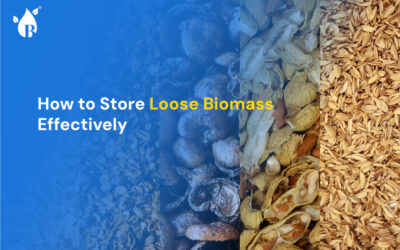
Biofuels are fuels derived from biomass or organic wastes such as plant and animal-based residues. Since biomass is obtained from natural-made waste, they are considered to be biodegradable, renewable and toxic-free. This energy source acts as a great alternative to fossil fuel derivatives as they burn clean and significantly cause less greenhouse gases emission.Also, they decrease our nation’s energy imports and fossil-fuel reliance.
Biofuels are present in the form of solid, liquid or gaseous state. Solid biofuels are compressed from various loose biomass substances such as Sawdust, Woodchips, Rice Husk, Cashew Shell, etc that are made into Briquettes and Pellets. Pellets are cylindrical granules that are smaller in size while briquettes are larger in size. These solid biofuels have the potential to replace coal in commercial boilers.
Liquid biofuels are fuels that have been derived from biomass and can be used in internal combustion engines to substitute fossil fuels. They are renewable, biodegradable and carbon-neutral. Few well-known examples of liquid fuel include Biodiesel, Bio-Light Diesel Oil (Bio-LDO or Plastic Oil), Bio-Furnace Oil (Bio-FO or Tyre Oil) and Bio-Ethanol.
Gaseous biofuels are produced by turning both renewable and nonrenewable resources into gases, which are subsequently used as fuels in a variety of industries and engines. Gaseous biofuels include Bio-Compressed Natural Gas (Bio-CNG) and Green Hydrogen.
Read this blog also: What are 5 advantages of Biofuel?
Typically, biofuels offer significantly higher octane numbers than petroleum-derived fuels, and therefore generally provide greater combustion efficiency. In fact, biofuels are a promising alternative to traditional fossil fuels and have the potential to play an important role in our transition to a more sustainable energy future.



